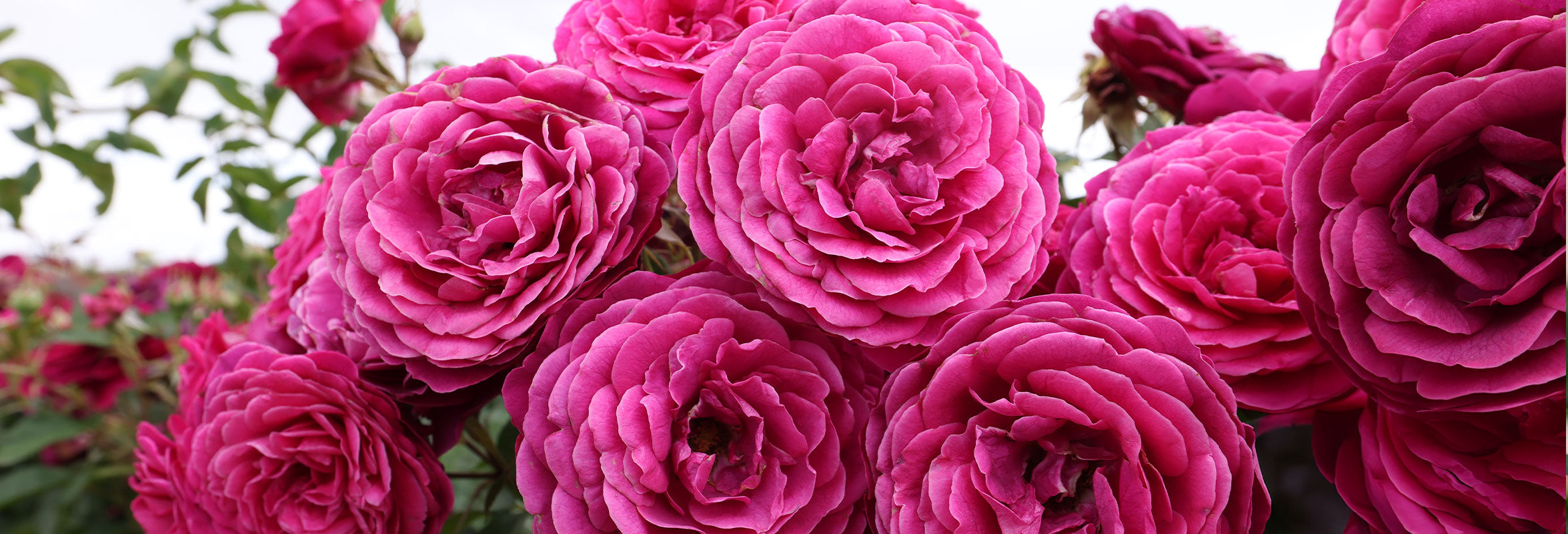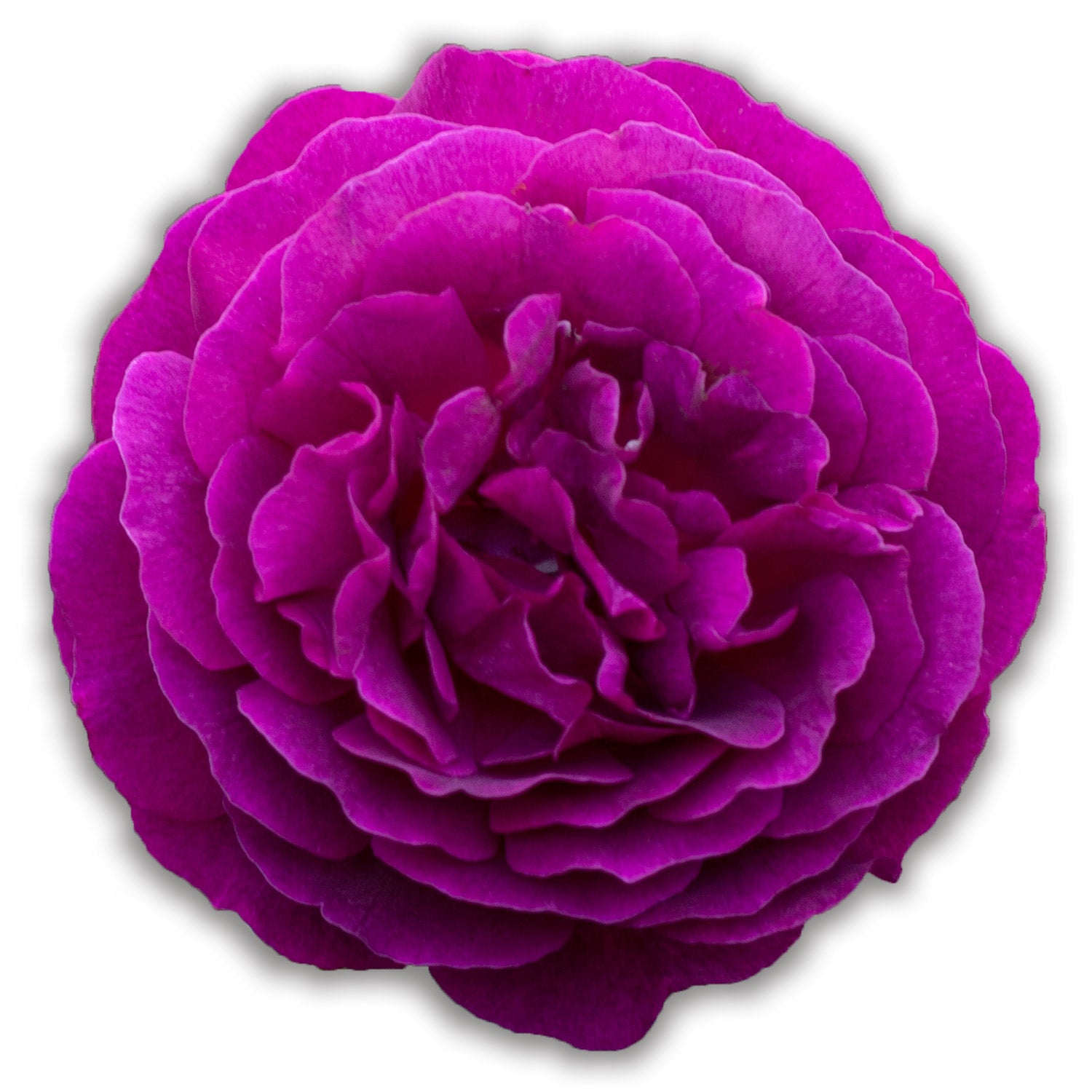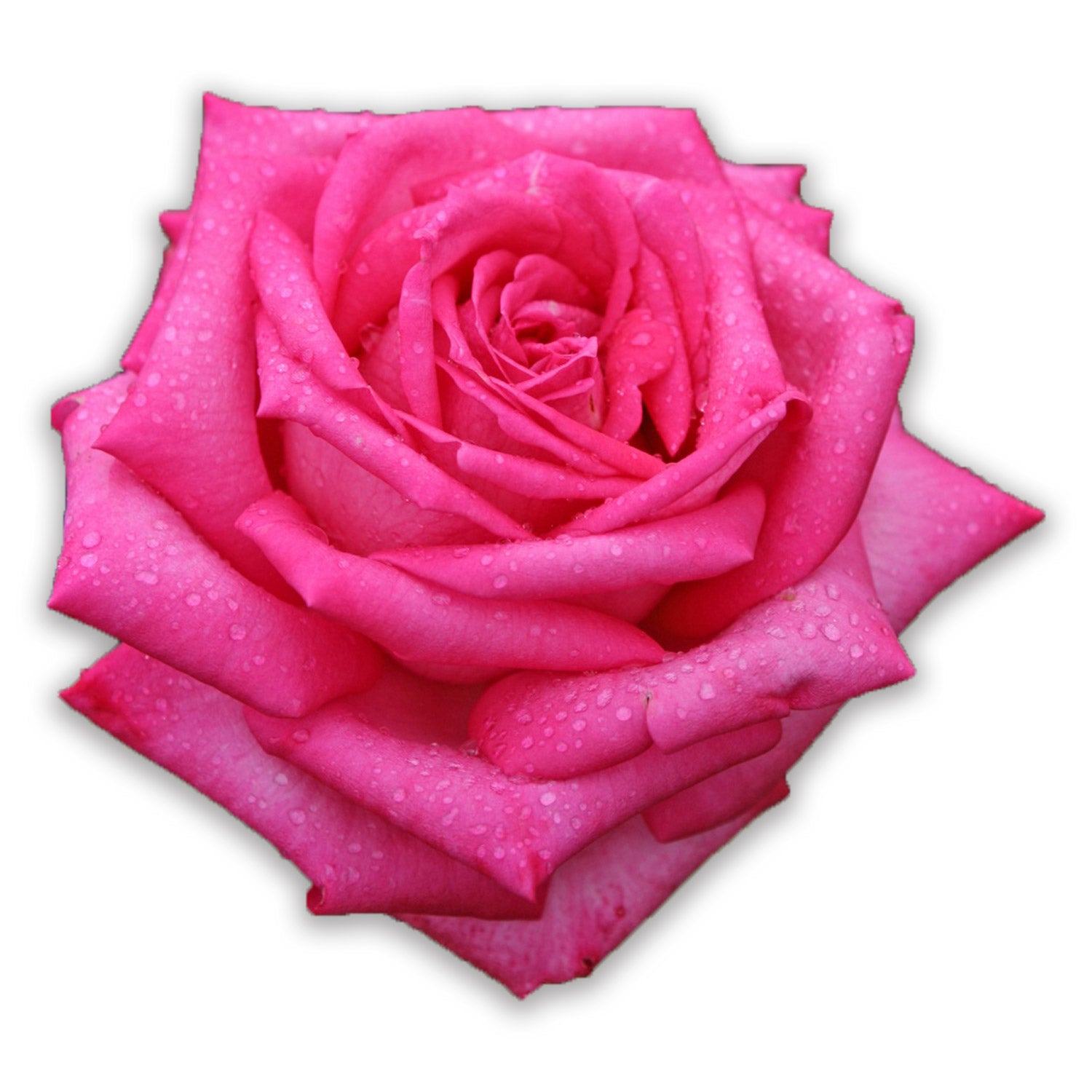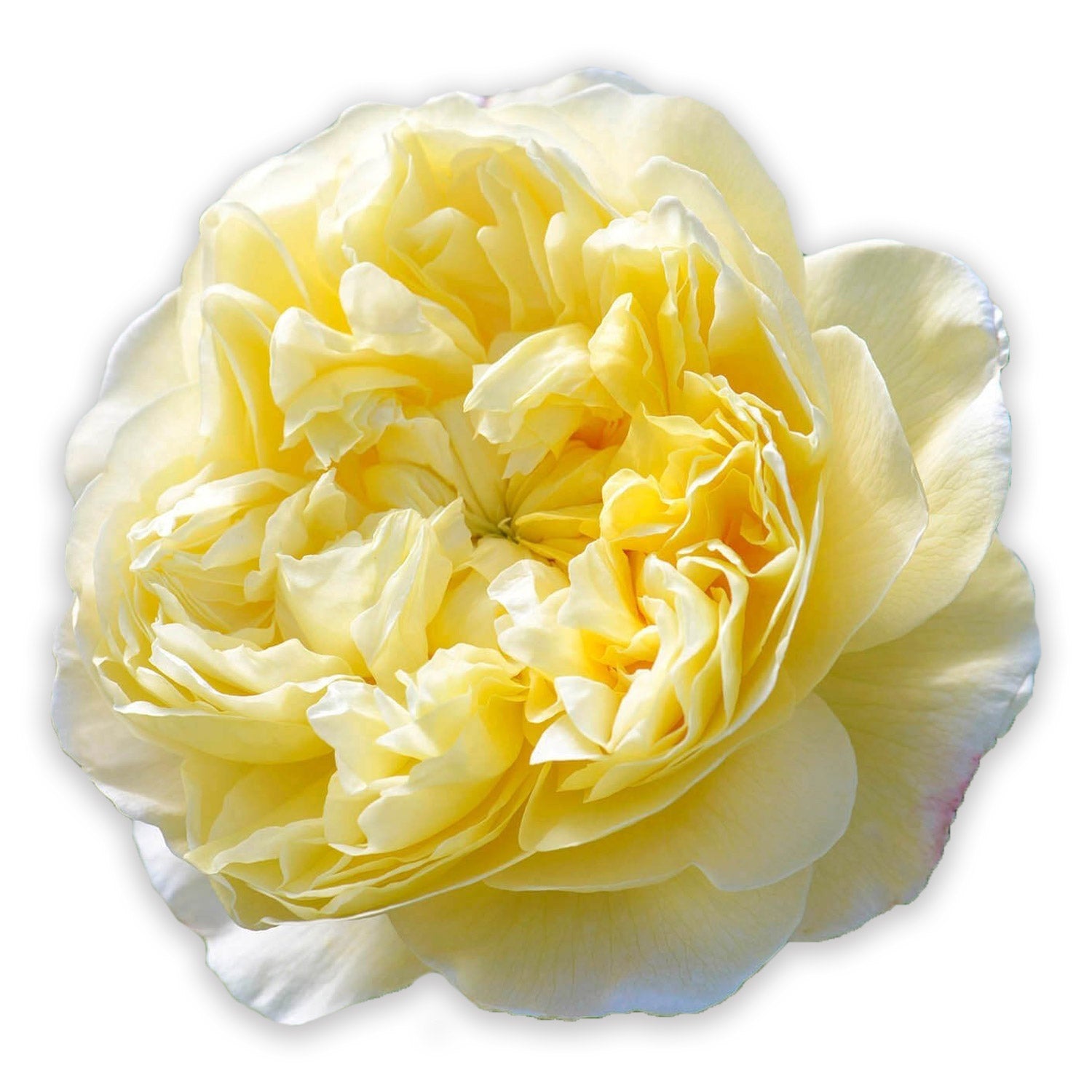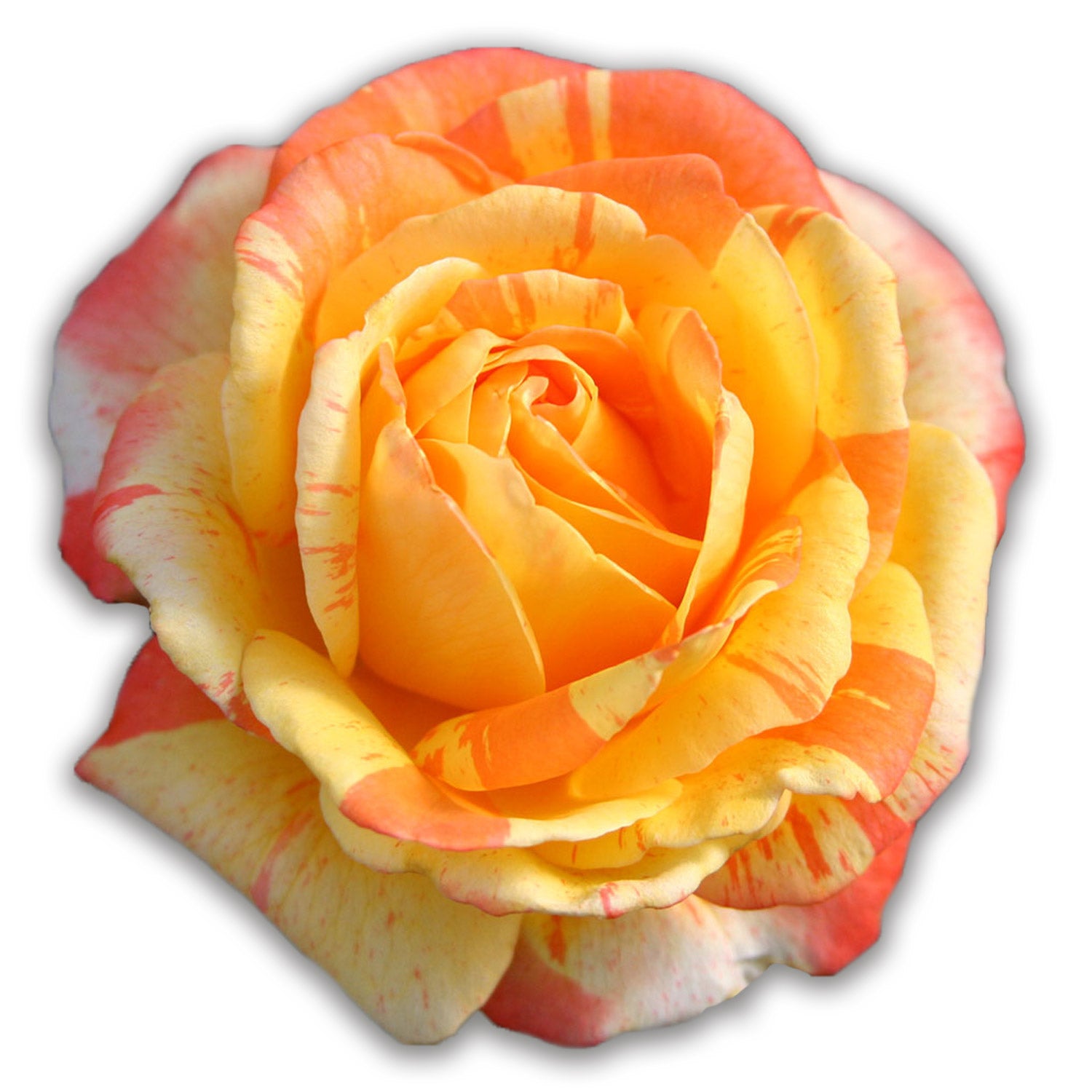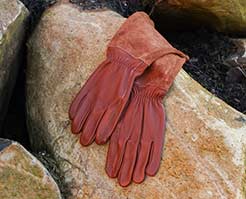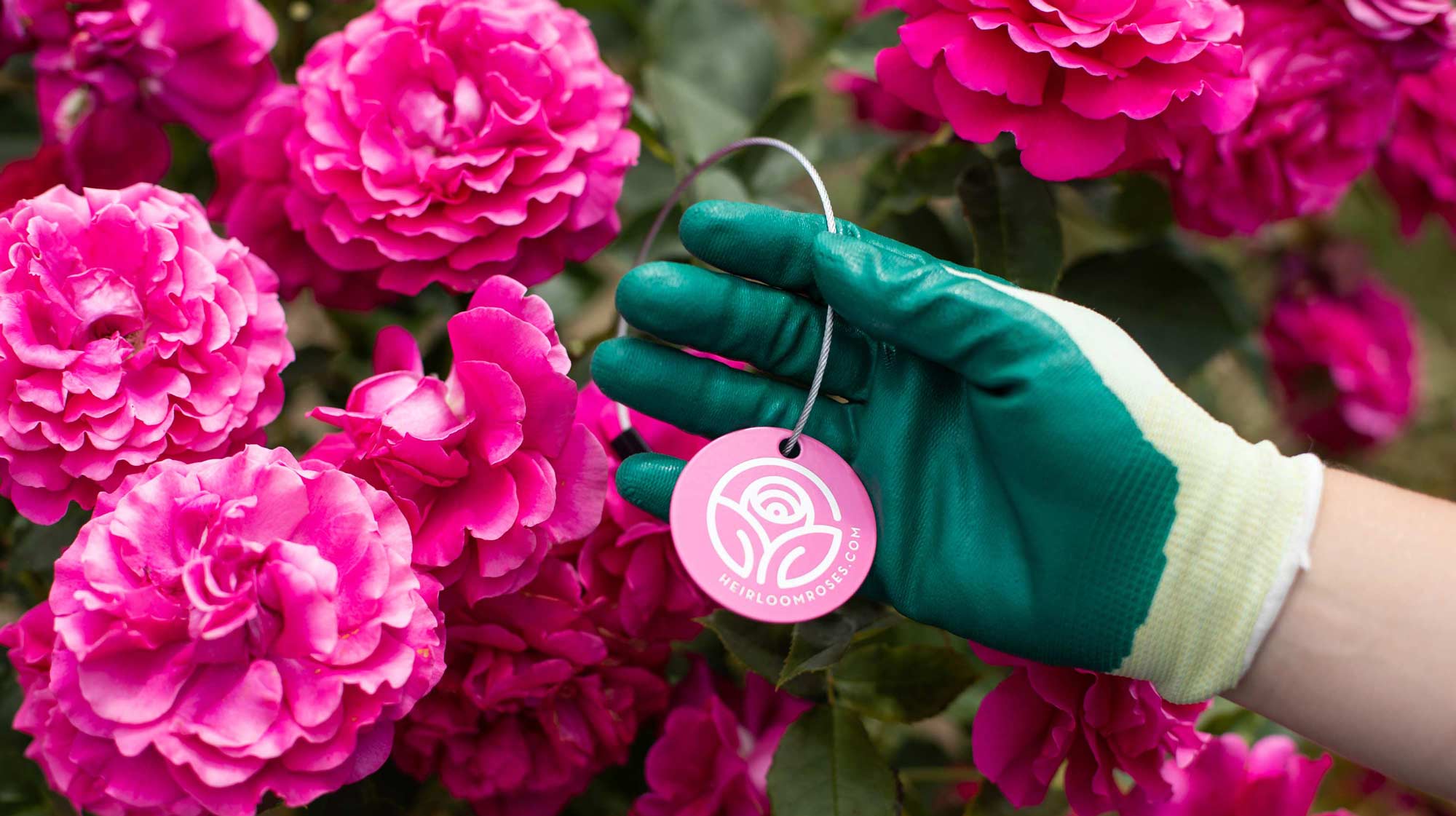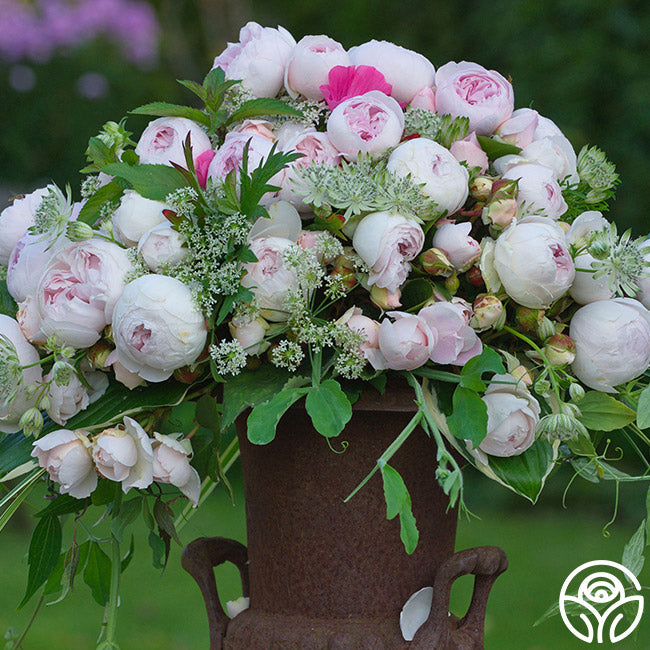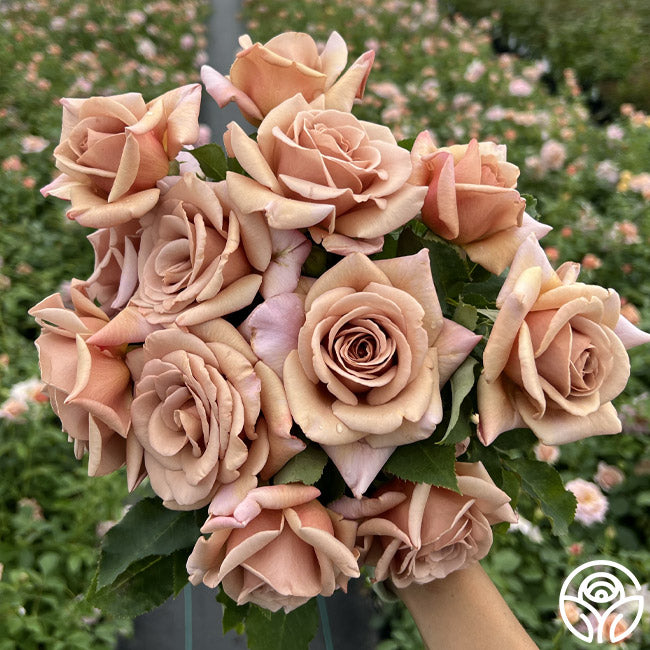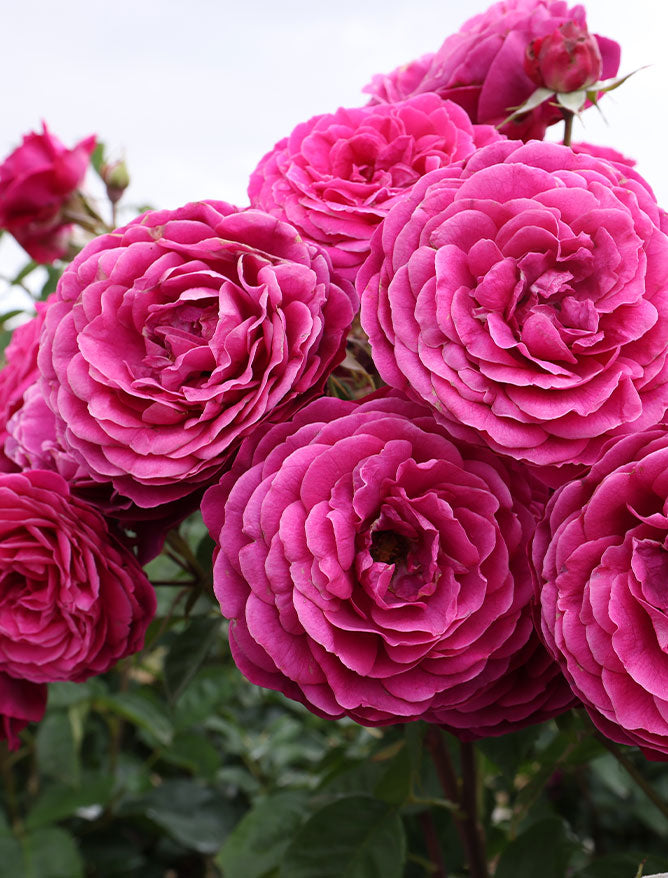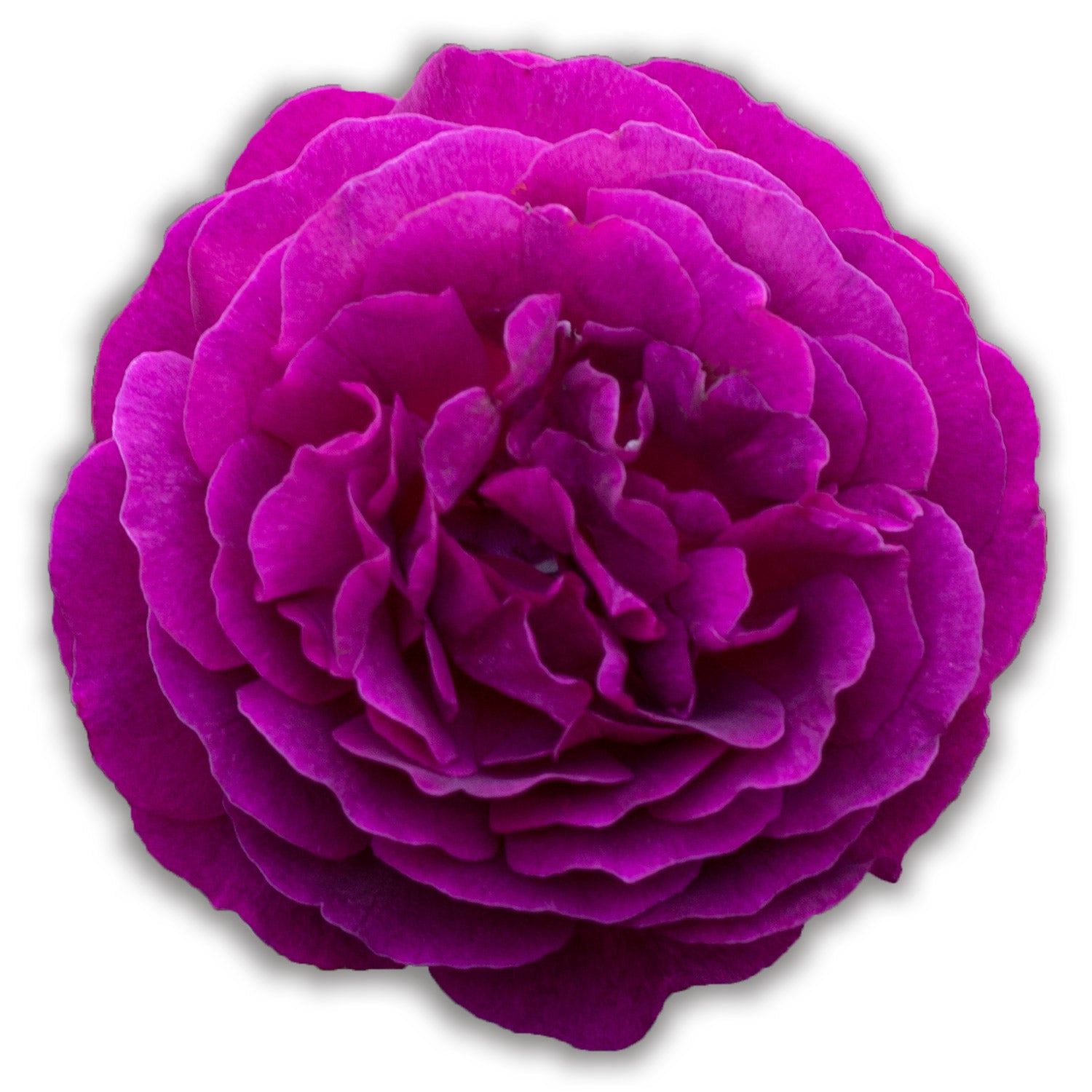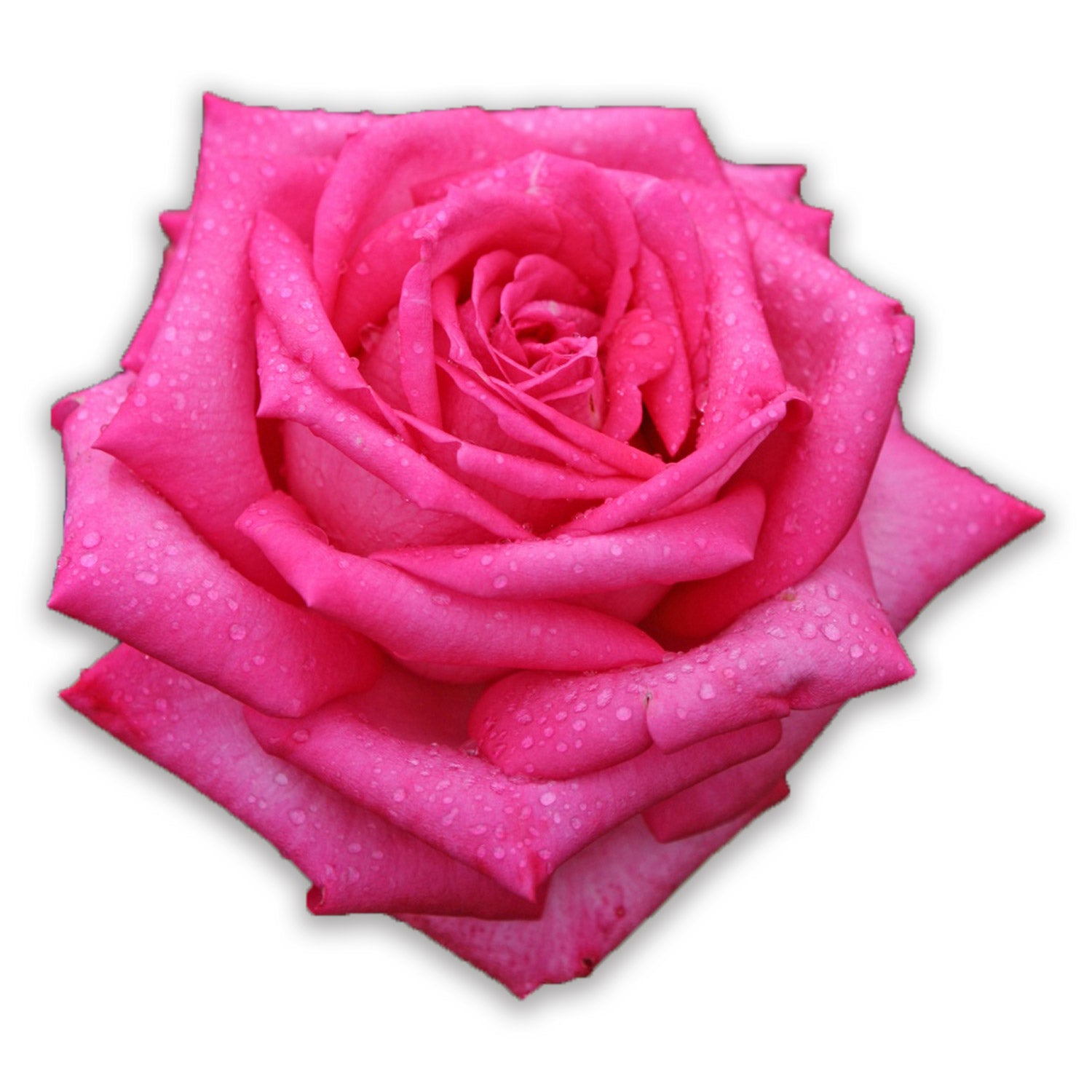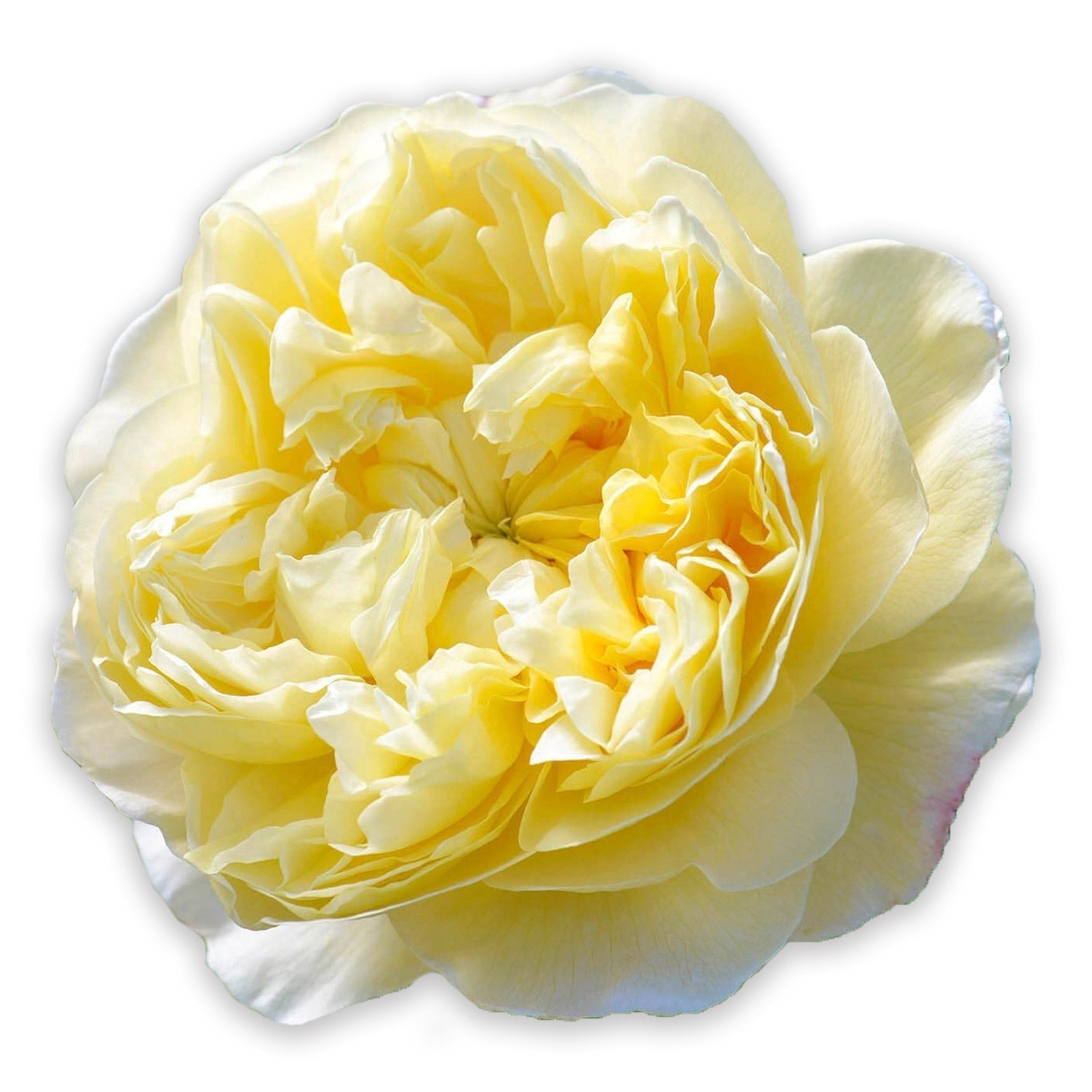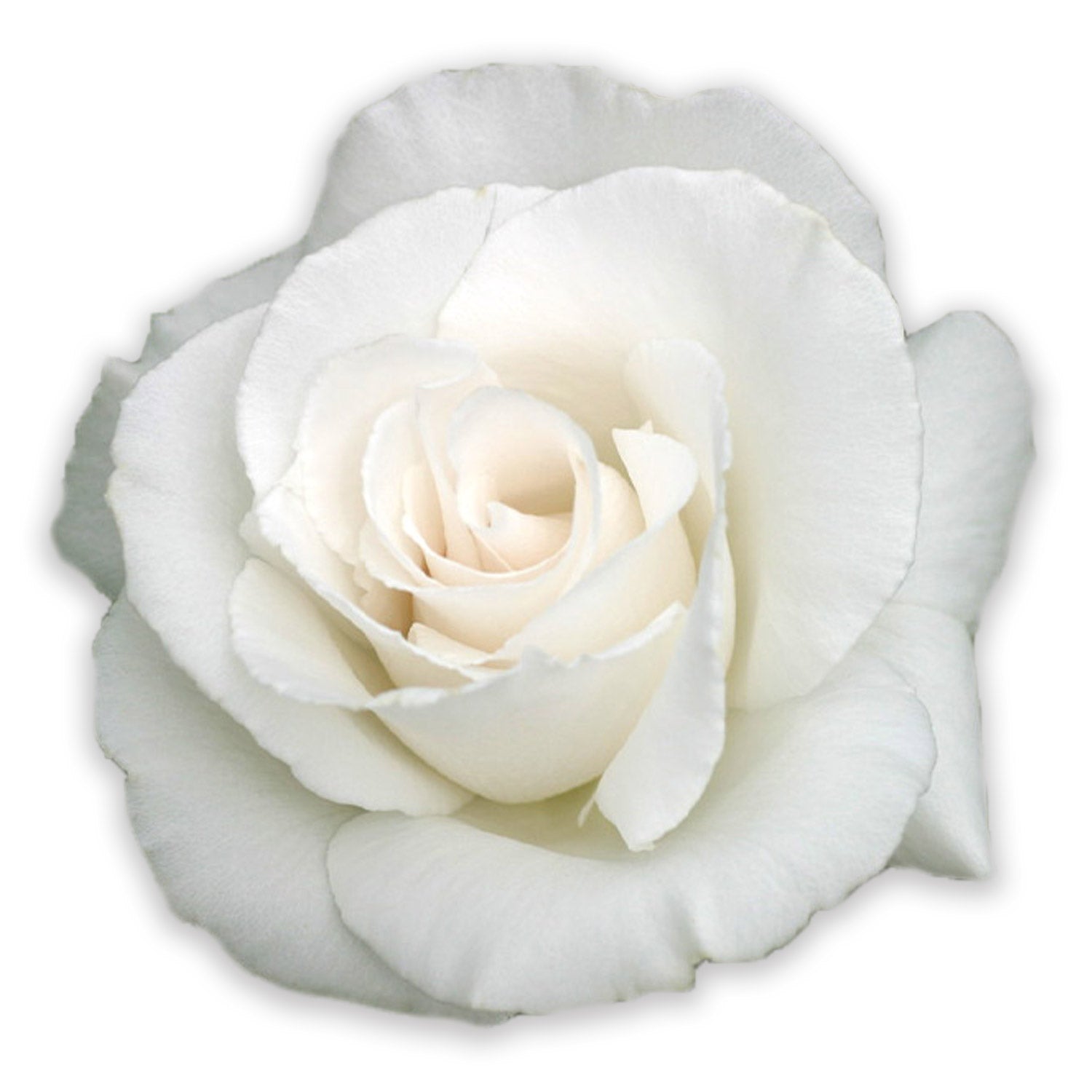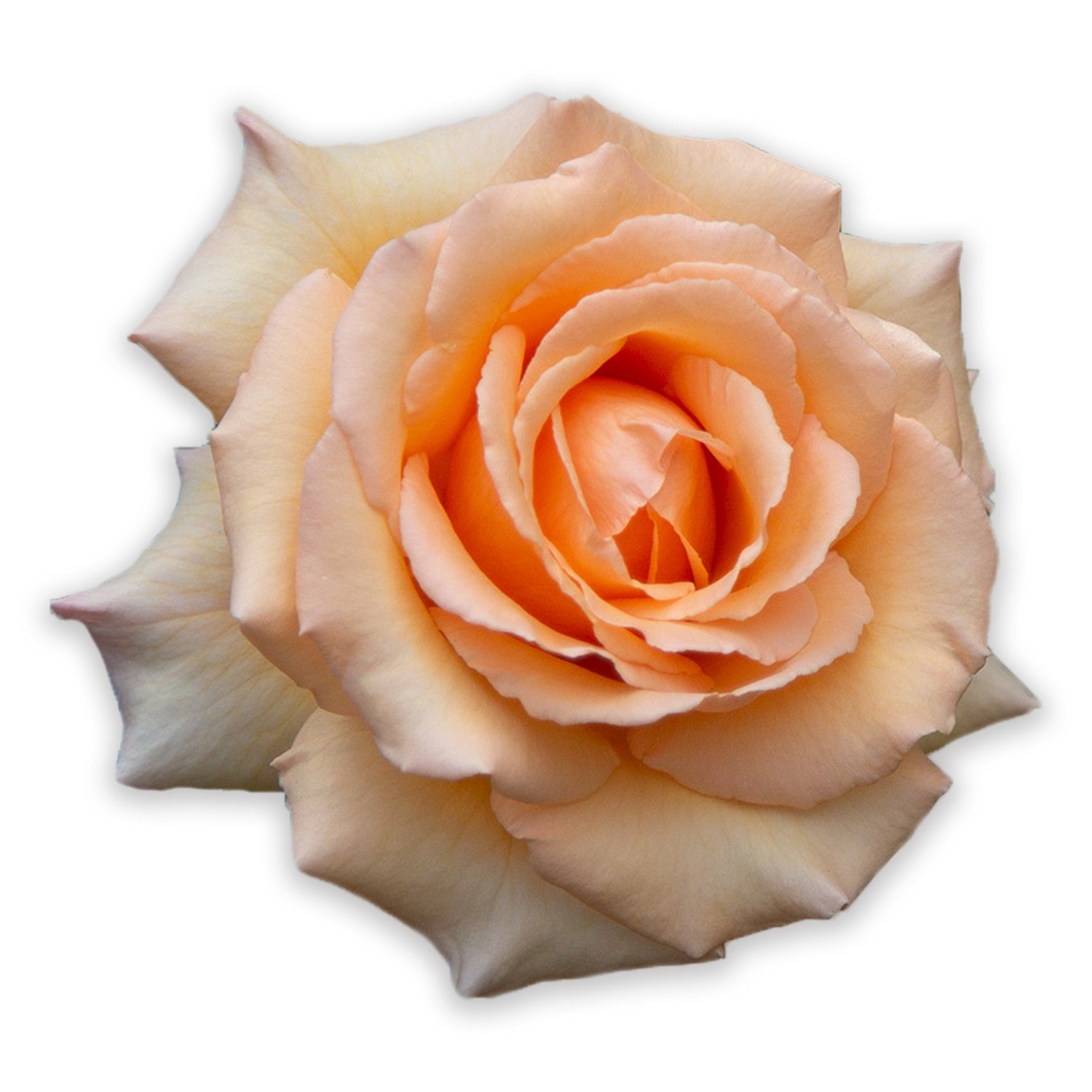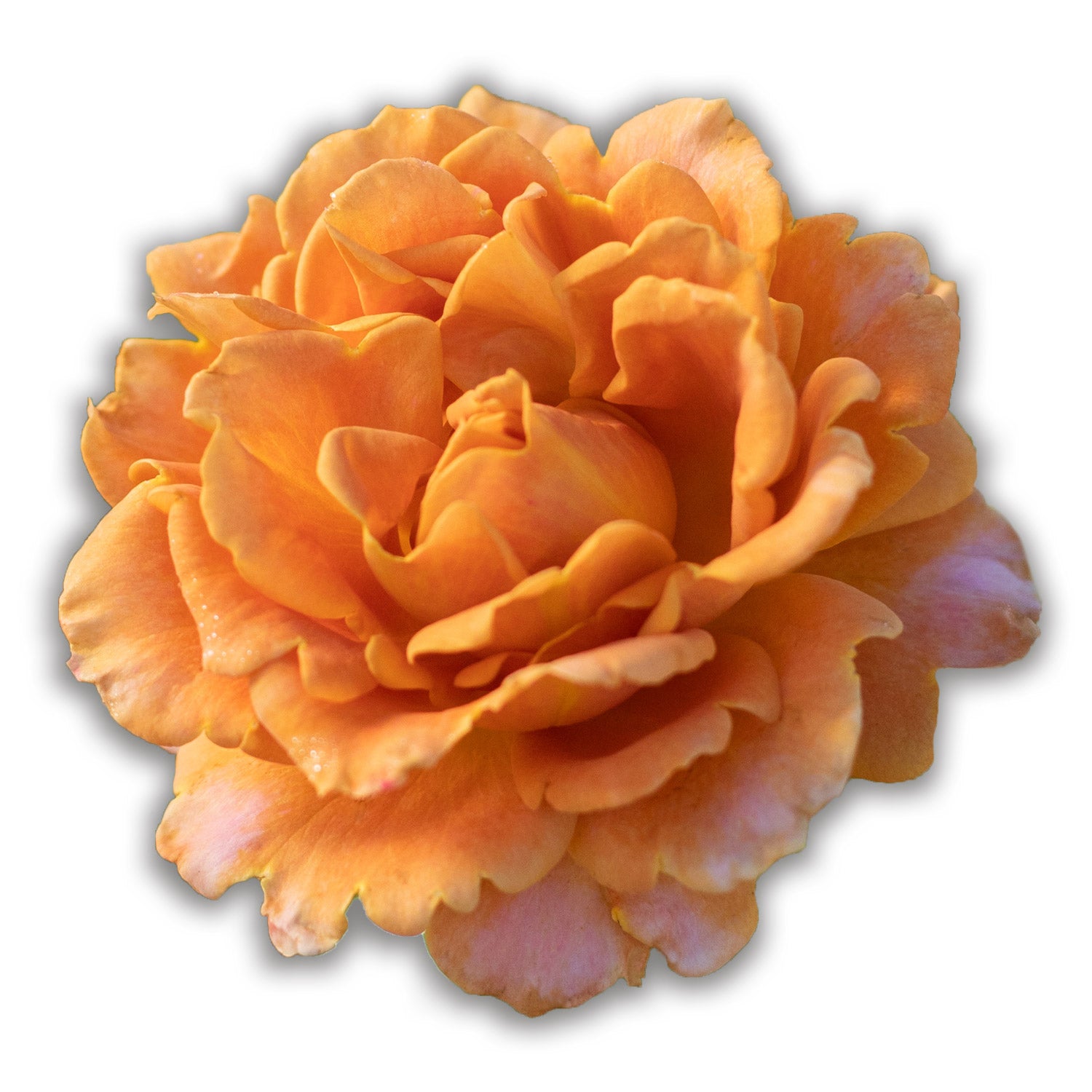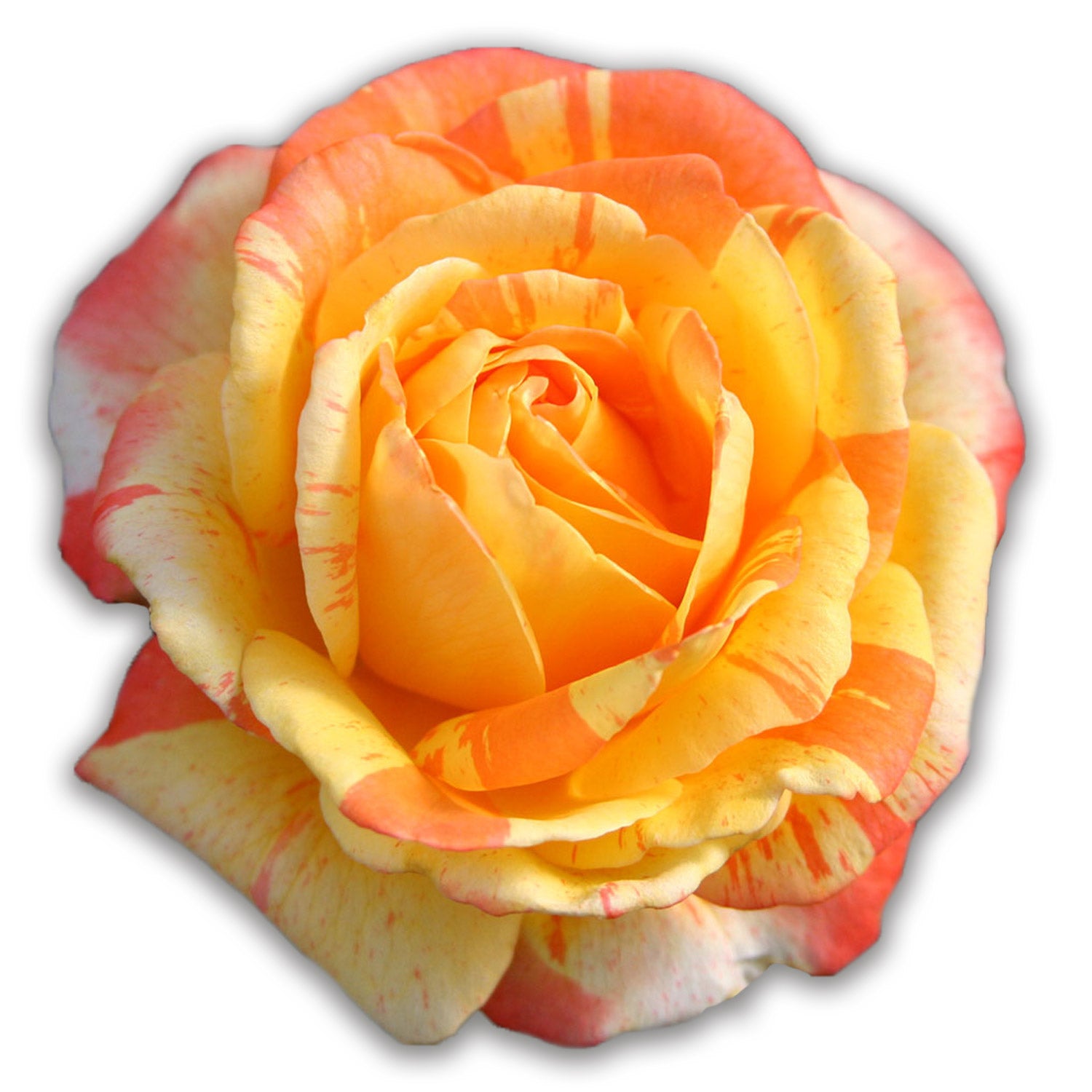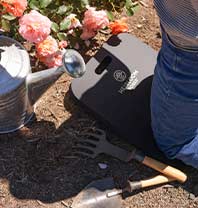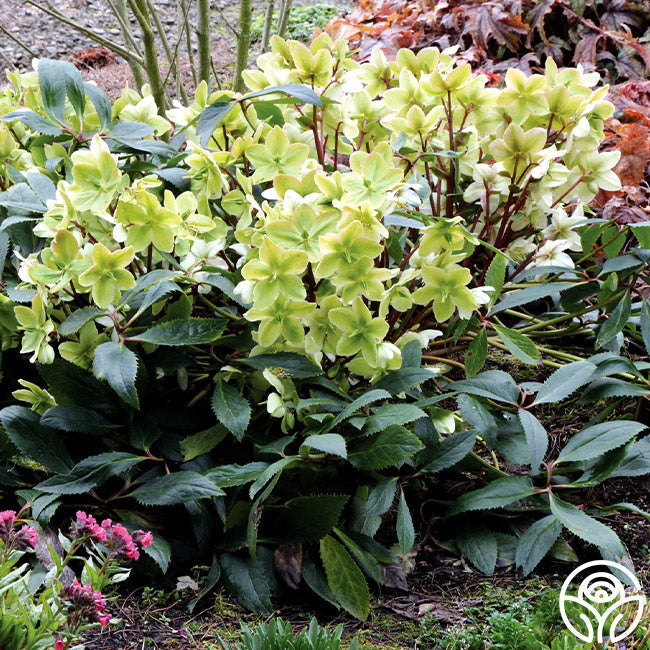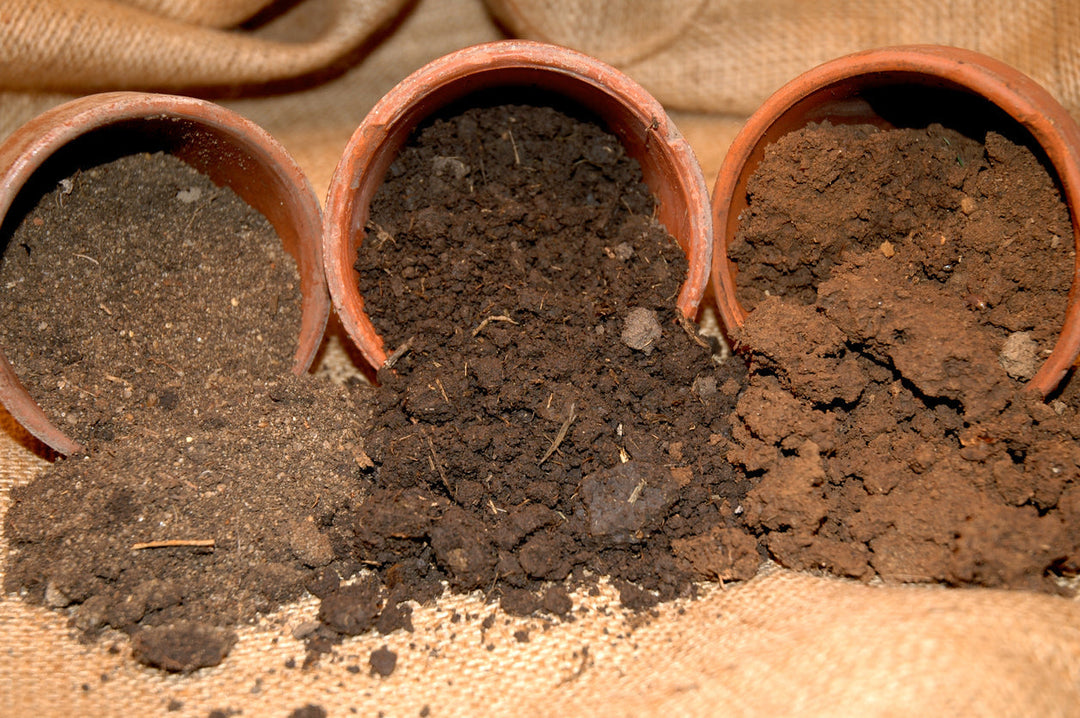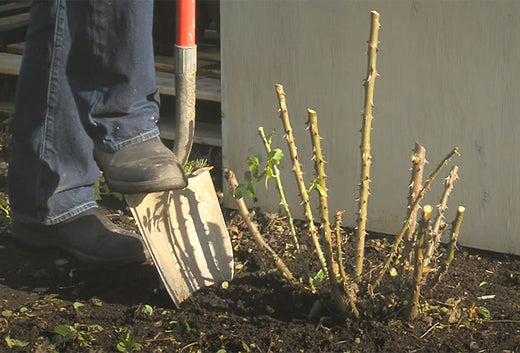How Do I Improve My Soil?
Soil is more than just dirt—it’s the foundation for every successful garden. Whether you’re growing roses, lavender, or other perennial plants, your soil’s texture, structure, and organic matter determine whether your plants thrive or merely survive.
Here at Heirloom Roses, we know that thriving roses begin with a powerful foundation—healthy roots and nutrient-rich soil. That’s why we grow every rose on its own roots—so each plant establishes more vigorously, resists disease naturally, and thrives for years to come. But a great root system can only do so much if the soil itself isn’t up to the task. Good soil structure, the right balance of minerals, and proper drainage all play a role in keeping your roses—and your favorite perennials—vibrant year after year. Scroll down to learn how to:
- Identify the soil types in your garden
- Make simple, targeted improvements to each soil type
- Choose the exact products we recommend for optimum root growth and plant health
Image Description: Three soil types displayed side by side: coarse-grained sandy soil on the left, loamy soil in the center, and dense, textured clay soil on the right.

The Three Primary Soil Types (and What They Need)
1. Clay Soil
What it’s like: Heavy, sticky when wet, rock-hard when dry
Common signs: Water pools on the surface; difficult to dig; compacts easily
❌ Problems
- Poor drainage causes soggy roots—especially problematic for roses
- Limited airflow and nutrient movement
- Slow to warm in spring
✅ Solutions
-
Amend generously with rich organics
-
Add Heirloom Roses 100% Natural Aged Cow Manure to boost long-term structure and nutrient content.
-
Mix in our Living Soil for an all-in-one blend of composted forest fines, biochar, and balanced minerals.
-
Improve drainage & aeration
-
Work in perlite and pumice as needed.
-
Build raised beds to promote runoff.
-
Protect from compaction
-
Avoid walking or tilling when soil is wet.
2. Sandy Soil
What it’s like: Light, gritty, drains quickly
Common signs: Water runs off easily; soil feels dry and crumbly
❌ Problems
- Doesn’t retain nutrients or water
- Requires frequent watering and feeding
- Root systems may dry out too quickly
✅ Solutions
-
Build moisture-holding capacity
-
Incorporate Heirloom Roses 100% Natural Mint Compost. Its fine, crumbly texture holds water and feeds microbes.
-
Layer in Worm Castings to boost organic matter and deliver a slow-release nutrient punch.
-
-
Mulch deeply
-
Use shredded bark or leaf mulch to cut evaporation.
-
-
Enhance structure and Feed regularly
-
Add biochar or coconut coir if you need extra porosity.
-
Top-dress your roses every 6–8 weeks with our OmniMeal™ granular fertilizer to keep them blooming vigorously. Unlike other feeds, OmniMeal™ won’t burn your plants, ensuring a steady release of nutrients—and our Fish Fertilizer enhances blooms and strengthens roots for even healthier growth.
-
3. Loamy Soil
What it’s like: A balanced mix of sand, silt, and clay; crumbly yet moisture-retentive
Common signs: Crumbles easily in your hand; holds moisture without puddling; warms evenly
❌ Problems (when neglected):
- Can lose fertility over time
- Structure breaks down with over-tilling or heavy rain
- May need periodic pH or nutrient adjustment
✅ Maintenance & Product Picks:
- Annual soil refresh: Incorporate a 2–3″ layer of Heirloom Roses Living Soil to maintain that perfect loam balance.
- Organic top-dressing: Spread Worm Castings to feed the soil food web—earthworms, microbes, and your plants’ roots.
- Balanced nutrition: Apply OmniMeal at planting and again mid-season to replace what your blooms take up.
- pH balance: If you test slightly off (6.0–6.5 is ideal), supplement with small amounts of Aged Cow Manure, which tends to buffer pH gently upward.
What it’s like: Silky, smooth texture; fertile but prone to compaction
Common signs: Becomes muddy when wet; hardens into a crust when dry
❌ Problems
- Easily erodes without plant cover
- Can hold too much water, causing root rot
- Poor structure without intervention
✅ Solutions
-
Balance moisture & structure
-
Blend in Living Soil for a perfect mix of compost, sand, and fine bark.
-
Add gypsum if you have heavy silt.
-
Keep soil covered
-
Use cover crops or groundcovers in off-seasons to anchor the soil.
-
Edge garden beds to reduce wind and water erosion.
-
Minimal tilling
-
Avoid over-tilling—let roots and soil life do the work.
A Note on Soil Testing
Before you begin amending, take time to test your soil:
-
Texture: Do the squeeze test—does it crumble, smear, or slip?
-
pH: Roses prefer slightly acidic soil (pH 6.0–6.5); many perennials fall within the same range.
Final Thought: Feed the Soil, Not Just the Plants
Roses and perennials will reward you with blooms and foliage only if the soil supports their roots. Think of your soil as a living ecosystem—building its health over time is a gardener’s best long-term strategy.
Ready to amend?
- Boost structure & drainage: Heirloom Roses Living Soil
- Add slow-release nutrients: OmniMeal™
- Increase organic matter: 100% Natural Mint Compost
- Enhance water retention: Worm Castings
- Build long-term fertility: 100% Natural Aged Cow Manure
Need help picking the right combo for your garden? Our Customer Care team is here to guide you every step of the way. Happy gardening!


